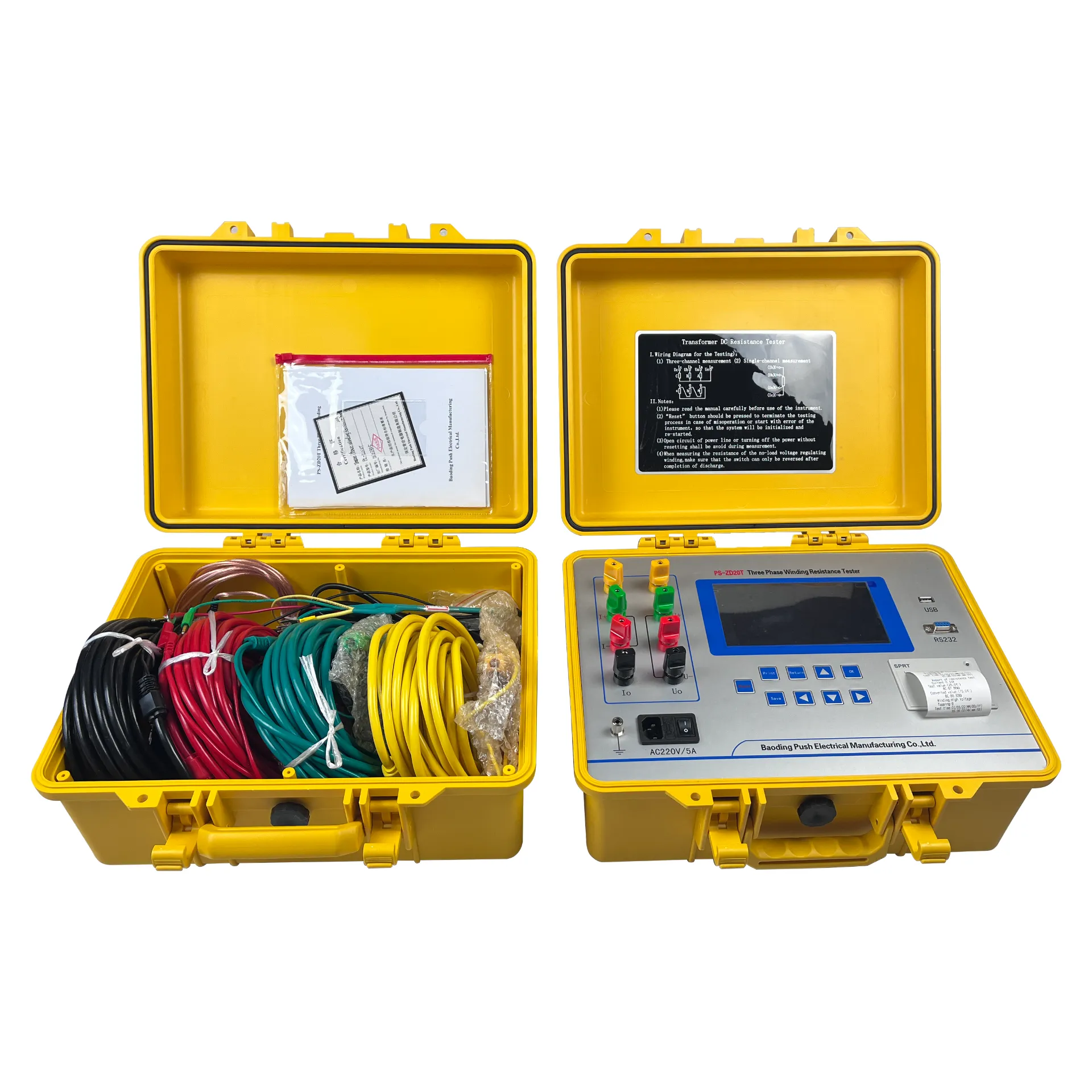 English
English



-
 Afrikaans
Afrikaans -
 Albanian
Albanian -
 Amharic
Amharic -
 Arabic
Arabic -
 Armenian
Armenian -
 Azerbaijani
Azerbaijani -
 Basque
Basque -
 Belarusian
Belarusian -
 Bengali
Bengali -
 Bosnian
Bosnian -
 Bulgarian
Bulgarian -
 Catalan
Catalan -
 Cebuano
Cebuano -
 China
China -
 China (Taiwan)
China (Taiwan) -
 Corsican
Corsican -
 Croatian
Croatian -
 Czech
Czech -
 Danish
Danish -
 Dutch
Dutch -
 English
English -
 Esperanto
Esperanto -
 Estonian
Estonian -
 Finnish
Finnish -
 French
French -
 Frisian
Frisian -
 Galician
Galician -
 Georgian
Georgian -
 German
German -
 Greek
Greek -
 Gujarati
Gujarati -
 Haitian Creole
Haitian Creole -
 hausa
hausa -
 hawaiian
hawaiian -
 Hebrew
Hebrew -
 Hindi
Hindi -
 Miao
Miao -
 Hungarian
Hungarian -
 Icelandic
Icelandic -
 igbo
igbo -
 Indonesian
Indonesian -
 irish
irish -
 Italian
Italian -
 Japanese
Japanese -
 Javanese
Javanese -
 Kannada
Kannada -
 kazakh
kazakh -
 Khmer
Khmer -
 Rwandese
Rwandese -
 Korean
Korean -
 Kurdish
Kurdish -
 Kyrgyz
Kyrgyz -
 Lao
Lao -
 Latin
Latin -
 Latvian
Latvian -
 Lithuanian
Lithuanian -
 Luxembourgish
Luxembourgish -
 Macedonian
Macedonian -
 Malgashi
Malgashi -
 Malay
Malay -
 Malayalam
Malayalam -
 Maltese
Maltese -
 Maori
Maori -
 Marathi
Marathi -
 Mongolian
Mongolian -
 Myanmar
Myanmar -
 Nepali
Nepali -
 Norwegian
Norwegian -
 Norwegian
Norwegian -
 Occitan
Occitan -
 Pashto
Pashto -
 Persian
Persian -
 Polish
Polish -
 Portuguese
Portuguese -
 Punjabi
Punjabi -
 Romanian
Romanian -
 Russian
Russian -
 Samoan
Samoan -
 Scottish Gaelic
Scottish Gaelic -
 Serbian
Serbian -
 Sesotho
Sesotho -
 Shona
Shona -
 Sindhi
Sindhi -
 Sinhala
Sinhala -
 Slovak
Slovak -
 Slovenian
Slovenian -
 Somali
Somali -
 Spanish
Spanish -
 Sundanese
Sundanese -
 Swahili
Swahili -
 Swedish
Swedish -
 Tagalog
Tagalog -
 Tajik
Tajik -
 Tamil
Tamil -
 Tatar
Tatar -
 Telugu
Telugu -
 Thai
Thai -
 Turkish
Turkish -
 Turkmen
Turkmen -
 Ukrainian
Ukrainian -
 Urdu
Urdu -
 Uighur
Uighur -
 Uzbek
Uzbek -
 Vietnamese
Vietnamese -
 Welsh
Welsh -
 Bantu
Bantu -
 Yiddish
Yiddish -
 Yoruba
Yoruba -
 Zulu
Zulu
transformer testing and commissioning
Transformer Testing and Commissioning Ensuring Reliability and Efficiency
Transformers play a crucial role in the transmission and distribution of electrical power, serving as the backbone of modern electrical infrastructure. As such, the testing and commissioning of transformers are critical processes that ensure their safe and efficient operation. This article delves into the significance of transformer testing and commissioning, the methodologies employed, and the benefits they bring to power systems.
The Importance of Transformer Testing
Testing transformers before they are commissioned is imperative to identify any potential defects or issues that could lead to operational failures. Various types of tests, including insulation resistance tests, transformer turns ratio (TTR) tests, and power factor tests, are conducted to assess the health of the transformer. Insulation resistance tests check for the integrity of the insulation material, ensuring that it can withstand operating conditions without breakdown. TTR tests measure the ratio of the number of turns in the primary winding to that in the secondary winding, providing insights into the transformer's conversion efficiency. Power factor tests, on the other hand, help assess the dielectric losses, indicating the condition of the insulation system.
Commissioning Procedures
transformer testing and commissioning

Once the testing phase is complete and the transformer is deemed fit for service, the commissioning process begins. This process involves a series of steps that confirm the transformer's readiness for integration into the power system. Commissioning typically includes visual inspections, ensuring that grounding systems are in place, and verifying that all electrical connections are secure. Functional tests are then performed, where parameters such as voltage regulation, temperature rise, and load capacity are assessed under realistic operating conditions.
Moreover, the commissioning process also emphasizes safety protocols. Given the high voltages and currents involved, adherence to safety standards and regulations is paramount. Proper training and certifications for the personnel involved in commissioning can prevent accidents and ensure that the transformers are operated safely.
Benefits of Thorough Testing and Commissioning
The advantages of diligent testing and commissioning cannot be overstated. Firstly, they help to enhance the reliability of transformers, reducing the risk of unexpected failures that could lead to costly outages and equipment damage. Secondly, these processes facilitate the early detection of issues, allowing for timely repairs and maintenance, which ultimately prolongs the lifespan of the transformer. Additionally, thorough testing ensures operational efficiency, contributing to lower energy losses and improved performance of the overall power system.
In conclusion, transformer testing and commissioning are not merely procedural formalities; they are vital processes that underpin the reliability, efficiency, and safety of electrical power systems. By investing time and resources in these practices, utilities can ensure that their transformers operate optimally, meet the demands of the electrical grid, and contribute to a stable and sustainable energy future. As technology continues to advance, the methodologies and standards governing transformer testing and commissioning will evolve, ensuring continued improvement in power system resilience.
-
Testing Equipment Industry Sees Major Advancements in 2025: Smart & Precision Technologies Lead the WayNewsJun.06,2025
-
Applications of Direct Current Generators in Renewable Energy SystemsNewsJun.05,2025
-
Hipot Tester Calibration and Accuracy GuidelinesNewsJun.05,2025
-
Digital Circuit Breaker Analyzer Features and BenefitsNewsJun.05,2025
-
Benefits of Real-Time Power Quality Monitoring Devices for Industrial EfficiencyNewsJun.05,2025
-
Earth Fault Loop Testing in High-Rise Building Electrical SystemsNewsJun.05,2025



